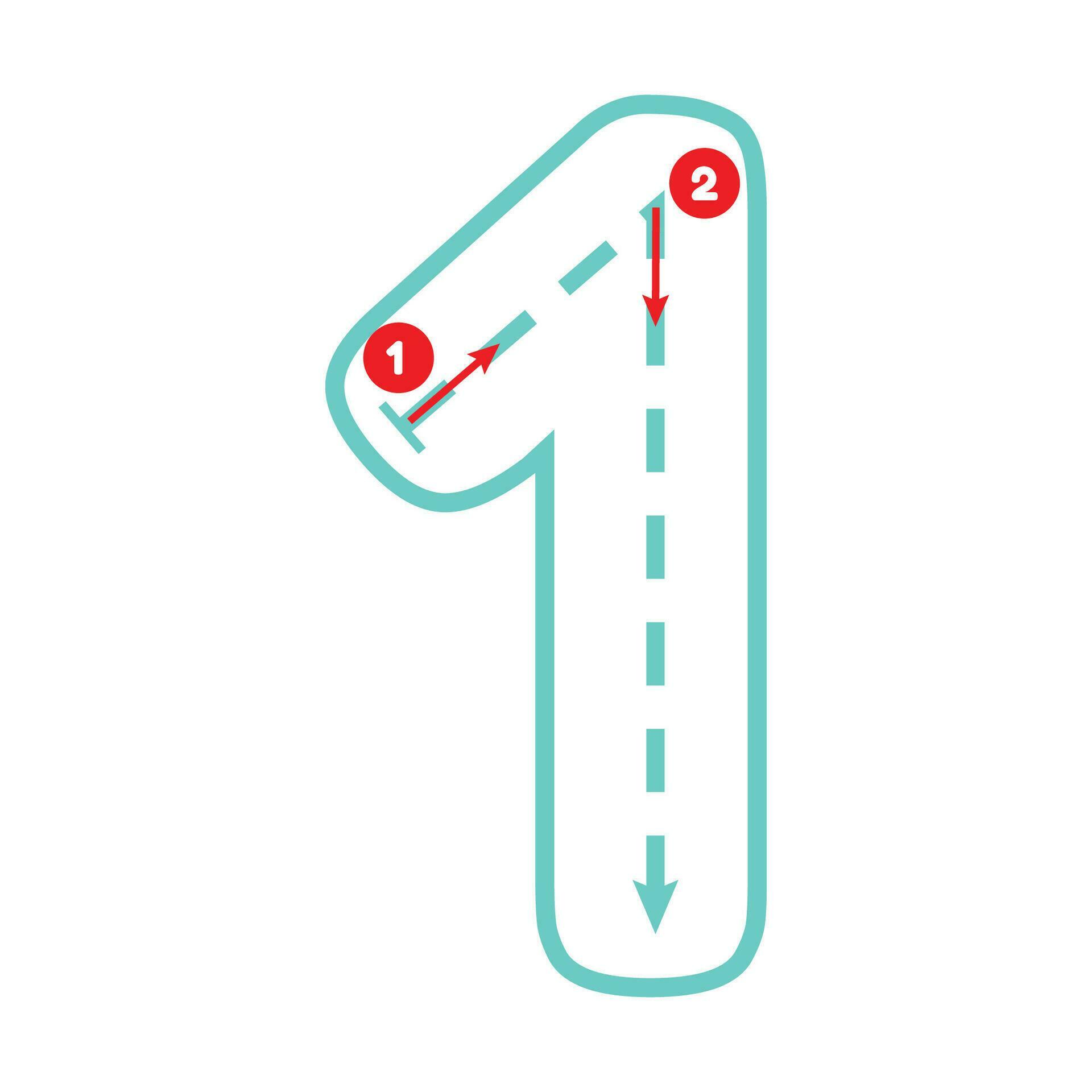Quickly Convert 1 Kg To G: Why Knowing Your Units Matters For Everyday Life
So, you might be standing in the kitchen, perhaps looking at a recipe, and it calls for grams, but your scale only shows kilograms. Or maybe you're just curious about how these two common units of weight relate to each other, you know? It's a pretty basic question, yet it's one that comes up a lot more often than you might think in our daily routines. Getting this simple conversion right can make a real difference, whether you're baking a perfect cake or just trying to understand what you're buying at the grocery store.
Actually, this little bit of knowledge, converting 1 kg to g, is quite a powerful tool. It helps us make sense of the world around us, from tiny amounts of ingredients to bigger packages of goods. It's not just about numbers on a page; it's about making practical decisions and feeling confident in your measurements. Like your favorite tech solutions from Tech Bee, which simplify collaboration with Logitech video bars in Dubai, understanding these fundamental conversions simplifies your everyday tasks.
In this article, we're going to explore the simple truth behind converting kilograms to grams. We'll look at why this conversion is so important, where you'll use it most often, and how knowing it can save you a bit of hassle. We'll also touch on some handy tips and, you know, just generally make sure you feel totally comfortable with this essential piece of information.
- Unveiling Political Strategies With Lucy Caldwell
- Bianca Lawson Unraveling The Enigma Of Motherhood
- Unveiling The Truth Alicia Menendezs Marital Status Revealed
- Unveiling Miranda Lambert Discoveries And Insights Await
- Unveiling Missy Elliotts Net Worth Surprising Discoveries And Financial Insights
Table of Contents
- Understanding the Basics: What Are Kilograms and Grams?
- The Simple Math Behind 1 kg to g
- Why This Conversion Is So Useful in Your Daily Life
- Common Mix-Ups and How to Steer Clear of Them
- Handy Ways to Do Your Conversions
- A Little Bit of History: The Metric System
- Frequently Asked Questions About Kilograms and Grams
Understanding the Basics: What Are Kilograms and Grams?
Before we jump into the conversion itself, it's pretty helpful to get a good feel for what kilograms and grams actually are, right? These are two of the most common units we use to talk about how much something weighs, or, more accurately, its mass. They are part of the metric system, which is a system of measurement that, you know, is used by most of the world.
The Kilogram: A Standard Unit
The kilogram, often shortened to "kg," is basically the base unit of mass in the International System of Units, or SI. It's a pretty significant unit, actually, and it's used globally for measuring things that have a noticeable weight. Think about a bag of sugar, or maybe a small pet, or even your own body weight. These are all typically measured in kilograms, and it's a very practical unit for these kinds of measurements.
For a long, long time, the kilogram was defined by a physical object, a platinum-iridium cylinder kept in France. But, you know, as of May 2019, its definition changed to be based on fundamental physical constants. This makes the definition much more stable and precise, which is kind of cool when you think about it. It means that a kilogram will always be the same, no matter what, which is very important for science and trade.
- Uncover The Untold Story Of Paul Anka And Lisa Pembertons Marriage
- Unveiling Norah Jones Rich Tapestry Of Heritage
- Unveiling The Enigmatic Wicked Witch Of The East Discoveries And Insights
- Unveiling The Disney Dreamlight Valley Community Challenge Discoveries And Delights
- Unveiling The Unbreakable Bond Mark Wahlberg And Reese Witherspoons Enduring Friendship
The Gram: A Smaller Piece
Then there's the gram, or "g." This is a much smaller unit of mass compared to the kilogram, obviously. It's perfect for measuring things that are, you know, a bit lighter. Imagine a paperclip, a small amount of spice, or maybe just a few drops of liquid. These are the kinds of things you'd measure in grams. It allows for a much finer level of detail when you need to be really precise about weight.
The gram is actually defined in relation to the kilogram. Specifically, one gram is one-thousandth of a kilogram. This relationship is what makes the conversion between the two units so straightforward, and it's a really neat part of how the metric system works. It’s almost like how Logitech Meetup simplifies collaboration in huddle spaces; the gram simplifies measuring small weights.
The Simple Math Behind 1 kg to g
Alright, so now for the main event: converting 1 kg to g. This is where things get really simple, you know? The relationship between kilograms and grams is based on a factor of 1,000. That's right, it's just a thousand.
So, here it is, the big reveal: 1 kilogram is exactly equal to 1,000 grams.
It's that straightforward. If you have 1 kg of something, you have 1,000 g of it. If you have 2 kg, you have 2,000 g. And if you have half a kilogram, that's 500 g. It's basically a very simple multiplication or division, depending on which way you're going. You just move the decimal point three places, or, you know, add or remove three zeros. It’s pretty neat how consistent it is.
Visualizing the Difference
To really get a feel for this, let's think about it visually, because that can sometimes make the numbers click a bit better. Imagine a standard liter bottle of water. That's roughly 1 kilogram. Now, picture a single paperclip; that's about 1 gram. So, to get 1 kilogram, you would need, like, a thousand paperclips, which is a lot of paperclips, obviously!
Or, think about it this way: if you have a thousand small coins, each weighing a gram, all together they would make up one kilogram. It's a pretty big difference in scale, yet the conversion itself is very, very easy to remember. This simple relationship is what makes the metric system so user-friendly and, you know, widely adopted around the globe. It's very logical.
Why This Conversion Is So Useful in Your Daily Life
Knowing that 1 kg equals 1,000 g isn't just a random fact you learn in school; it's actually super practical. This simple conversion pops up in so many different parts of our lives, and being able to do it quickly in your head or with a calculator can really make things easier. It's a bit like knowing your way around the smart meeting room solutions that Tech Bee offers in the UAE; having the right tools and knowledge just makes everything run smoother.
In the Kitchen: Cooking and Baking
This is probably one of the most common places you'll use this conversion, honestly. Recipes from all over the world, especially those from countries that use the metric system, often list ingredients in grams. But, you know, sometimes your kitchen scale might only show kilograms, or maybe you're just scaling up a recipe and need to do some quick math.
For example, if a recipe calls for 250 grams of flour, and you're thinking in kilograms, you instantly know that's 0.25 kg. Or, if you buy a 1 kg bag of sugar, and a recipe needs 300 grams, you know you have plenty left over. This precision is especially important in baking, where getting the exact amount of ingredients can mean the difference between a perfect loaf of bread and, well, something less perfect. It's really, really important, as a matter of fact.
For Your Health and Nutrition
When you're keeping an eye on your diet or taking medication, understanding weight units is pretty key. Nutritional labels on food products often list serving sizes or nutrient amounts in grams. If you're tracking your intake, say, of protein or carbs, you might see "20g protein per serving." Knowing that 1 kg is 1,000 g helps you quickly figure out how much of a larger package you might need to eat to hit certain targets, or, you know, how much a whole package contributes.
Similarly, for medications, dosages are often given in milligrams (mg) or grams. While milligrams are even smaller, the underlying principle of metric prefixes is the same. Understanding how grams relate to kilograms gives you a solid foundation for all kinds of weight-related health information. It's a bit like how knowing the English abbreviations for months (Jan, Feb, Mar) helps you quickly read a calendar; knowing these unit conversions helps you quickly interpret health data.
Shopping Smart at the Store
When you're at the supermarket, comparing prices can sometimes be tricky because products come in all sorts of different sizes and units. One brand of coffee might be 500g, while another is 1 kg. Knowing that 1 kg is 1,000 g lets you quickly figure out which is the better deal per gram, you know? It helps you make smarter choices and get more for your money.
Also, when you're buying fresh produce, sometimes prices are listed per kilogram, but you might only want a small amount. If apples are priced at, say, 3 AED per kilogram, and you only want 500 grams, you can easily calculate that's 1.50 AED. This little bit of math just helps you feel more in control of your budget, which is pretty nice.
In Science and Schoolwork
For students and anyone involved in scientific fields, converting between kilograms and grams is a very fundamental skill. Experiments in chemistry, physics, or biology often require precise measurements of mass. If a lab procedure calls for, say, 0.05 kg of a chemical, you immediately know that means 50 grams. This accuracy is super important for getting reliable results in any scientific endeavor.
It's also a building block for understanding more complex scientific concepts. Just like understanding how to use specific commands in Minecraft, like "/gamerule keepInventory true," is key to playing the game a certain way, understanding basic unit conversions is key to doing well in science. It's basically a foundational piece of knowledge that helps everything else make sense.
Shipping and Getting Things Where They Need to Go
If you ever send packages, especially internationally, you'll notice that shipping costs are often based on weight, and these weights are typically measured in kilograms or grams. Knowing the conversion helps you estimate costs more accurately and make sure your package doesn't exceed certain weight limits. If a courier says the maximum weight is 5 kg, you instantly know that's 5,000 grams, which is a lot of room for your items.
For businesses, especially those dealing with logistics and inventory, understanding these conversions is absolutely vital. It helps them manage stock, calculate freight costs, and ensure that products are packaged efficiently. It's a bit like how Tech Bee provides IT, AV, and network security solutions to clients all over UAE; precision in every detail, including weight, helps operations run smoothly.
Common Mix-Ups and How to Steer Clear of Them
Even though the conversion from 1 kg to g is pretty simple, people sometimes make little mistakes. It's usually just a slip of the mind, you know? The most common mix-up is perhaps forgetting that it's a factor of 1,000, not 100 or 10. Sometimes, people might accidentally multiply by 100 instead of 1,000, which would obviously give you a very different number.
Another thing that happens is misplacing the decimal point. If you're converting 0.5 kg, you might accidentally write 50 g instead of 500 g. The best way to avoid these little errors is to always remember that a kilogram is a much, much larger unit than a gram. So, when you convert kilograms to grams, you should always end up with a bigger number, a thousand times bigger, to be exact. It's a good mental check, honestly, to see if your answer makes sense. Just like understanding scientific notation on a calculator (like "1e+1" meaning 10) helps you interpret big numbers, knowing the factor of 1000 helps you interpret weights correctly.
Handy Ways to Do Your Conversions
So, you've got the basic rule down: 1 kg equals 1,000 g. Now, how do you actually do the conversion when you need to? There are a few easy ways, you know, depending on what you have handy.
Mental Math: For simple numbers like 1 kg, 2 kg, or 0.5 kg, you can probably do this in your head. Just multiply the kilogram value by 1,000. So, 1 kg x 1,000 = 1,000 g. Easy peasy, right?
Using a Calculator: For more complex numbers, or if you just want to be absolutely sure, a calculator is your best friend. Just type in the number of kilograms and multiply by 1,000. For instance, if you have 1.75 kg, you'd punch in "1.75 * 1000" and get 1,750 g. This is where understanding how calculators display numbers, even scientific notation, can be a bit useful, as mentioned in "My text" about "1e+1" meaning 10. It's all about precision.
Online Converters: There are tons of free online conversion tools that can do this for you instantly. Just type "kg to g converter" into your search engine, and you'll find many options. These are super convenient if you're, you know, working on a computer or phone and need a quick answer without doing any math yourself. They are pretty accurate, too.
No matter which method you pick, the key is to always remember that magic number: 1,000. It's really that simple to go from kilograms to grams, and vice versa. It's a skill that, you know, just keeps giving back in terms of convenience.
A Little Bit of History: The Metric System
It's kind of interesting to think about where these units even came from, isn't it? The metric system, which includes kilograms and grams, has a pretty fascinating history. It was first developed in France during the late 18th century, right around the time of the French Revolution. The idea was to create a rational, universal, and consistent system of measurement, replacing the confusing mishmash of local units that existed at the time.
Before the metric system, every region, sometimes every town, had its own way of measuring things – different "pounds," different "feet," different "gallons." This made trade and communication pretty difficult, you know? The metric system was designed to be decimal-based, meaning everything is related by powers of ten (like 10, 100, 1,000), which makes conversions, like 1 kg to g, incredibly simple. It's basically a very elegant system.
Over time, the metric system, also known as the International System of Units (SI), was adopted by almost every country in the world. This global adoption has made scientific collaboration, international trade, and just general understanding much, much easier. It's a bit like how Microsoft Teams solutions, provided by Tech Bee, streamline communication and teamwork across different locations; a universal system just makes things flow better for everyone involved. It's a pretty big deal, actually, how much it changed things.
Frequently Asked Questions About Kilograms and Grams
People often have a few common questions when it comes to converting kilograms to grams. Let's clear some of those up, shall we?
How many grams are in 2 kg?
Well, since 1 kg is 1,000 grams, if you have 2 kg, you just multiply 2 by 1,000. So, 2 kg is equal to 2,000 grams. It's pretty straightforward, you know? You just keep adding another thousand for each kilogram you have.
Is 1 kg equal to 100g?
No, definitely not! This is a common mix-up, but 1 kg is actually 1,000 grams, not 100 grams. A hundred grams is only one-tenth of a kilogram, or 0.1 kg. So, if you're thinking 100g, you're missing a zero, basically. It's important to remember that thousand factor.
Why is 1 kg equal to 1000g?
This is because of how the metric system is designed, you know? The prefix "kilo-" always means one thousand. So, "kilogram" literally means one thousand grams. It's part of a consistent system where "milli-" means one-thousandth, "centi-" means one-hundredth, and "kilo-" means one thousand. This makes all the conversions within the metric system very logical and easy to remember. It's a very clever system, actually, that simplifies a lot of things.
So, there you have it! Understanding the simple conversion of 1 kg to g is a really useful skill, whether you're in the kitchen, at the store, or just trying to make sense of the world around you. It's a fundamental piece of knowledge that, you know, just makes life a little bit easier and your measurements a lot more accurate. Keep practicing, and you'll be a pro at it in no time!
To learn more about the International System of Units and how it works, you might find this information from the National Institute of Standards and Technology quite helpful. It provides a deeper look into the standards we use every day.
Learn more about smart meeting room solutions on our site, and for more insights into efficient business operations, you can also link to this page here.
- Unveiling Natasha Yis Net Worth Unlocking Financial Insights
- Sams Club Baby Wipes Recall 2024 Uncovering Critical Truths
- Unraveling The Mystery Of Luis Miguels Mother Discoveries And Insights
- Unveiling Eduardo Saverins Wealth Lifestyle And Impact
- Unveiling The Timeless Legacy A Journey Through Ilayarajas Age

number, 1, numbers, one Stock Photo - Alamy

Write number one with tracing guide. Outline number. Preschool

Download Blue Number One Wallpaper | Wallpapers.com